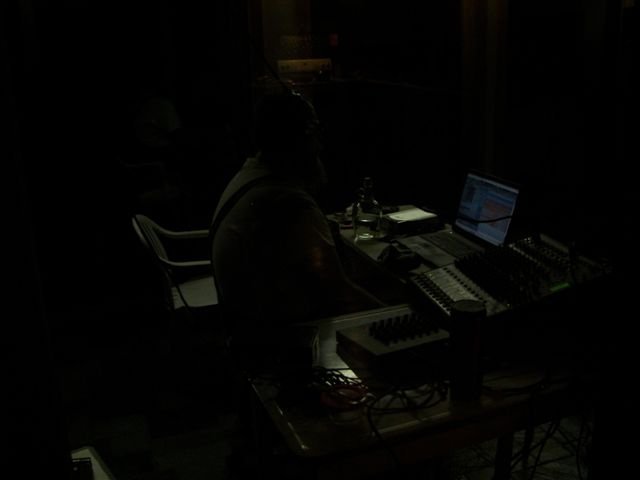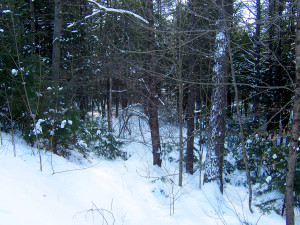Today, my association with RealTraps comes to an end. I have been laid off while the company undergoes restructuring. Therefore, the future of RealTraps is no longer my story to tell. I want to thank the factory crew — Joe Jacobowitz and Sean Kollar — for being so awesome to work with over the past 9 years. And also, thanks to all of my RealTraps clients over the years: I’ve worked with thousands of you to make your worlds sound better, and it’s been a blast. I’ve learned so much from you.
As far as what the future holds for me, first on the agenda is to take some time to rest, clear my head, and strategize. I haven’t had a proper vacation in nearly a decade, since before I started with RealTraps. I know one thing: there will be more & different adventures in my reality moving forward. And I’m certain that I will be spending more time in the Crafted Recordings world. First off will be finishing the album project with the fabulous Eddy Dyer, and resuming production of my podcast. I’m so excited to bring this album out into the world; we’re about halfway through and it is sounding amazing already. Eddy has some amazing songs, with some really good musicians playing them; my task is to make sure each song sounds as good as I can make it, and midwife the project into the world. It’s looking like a late summer/early fall release, so watch this space.
In the meantime, if you are interested in my audiogeek services, let me know what you have in mind, and let’s work together!


